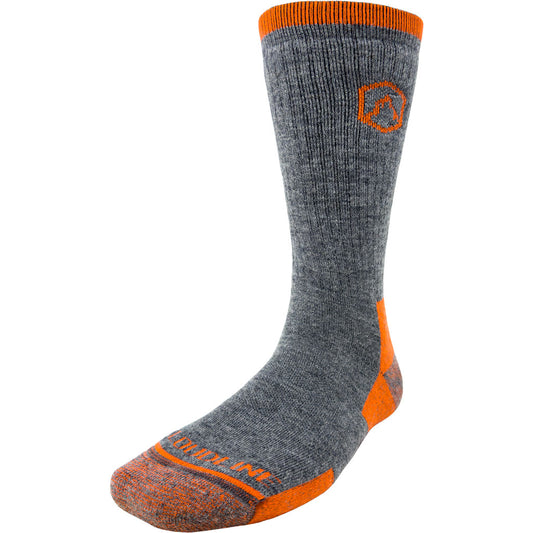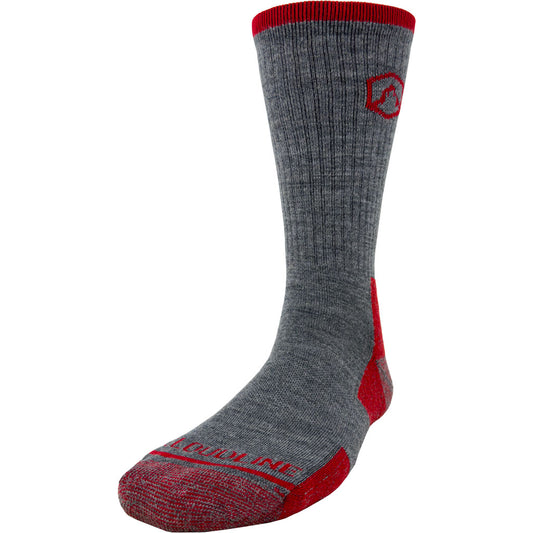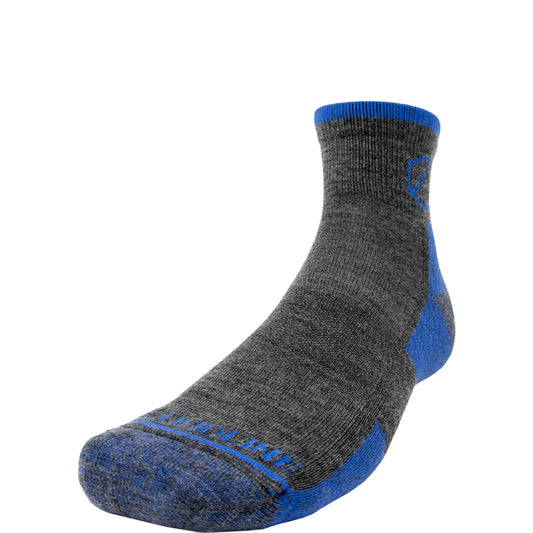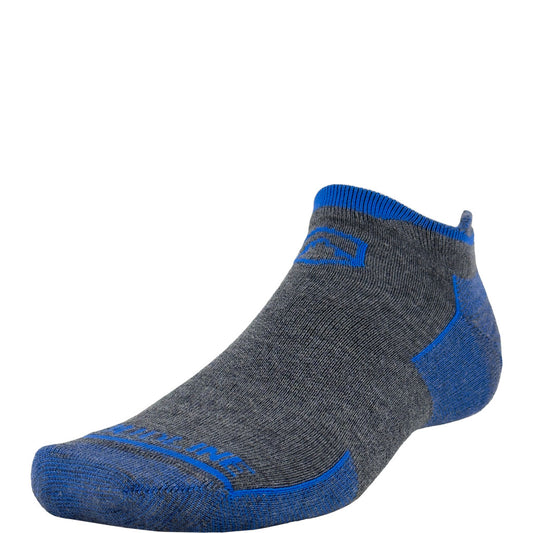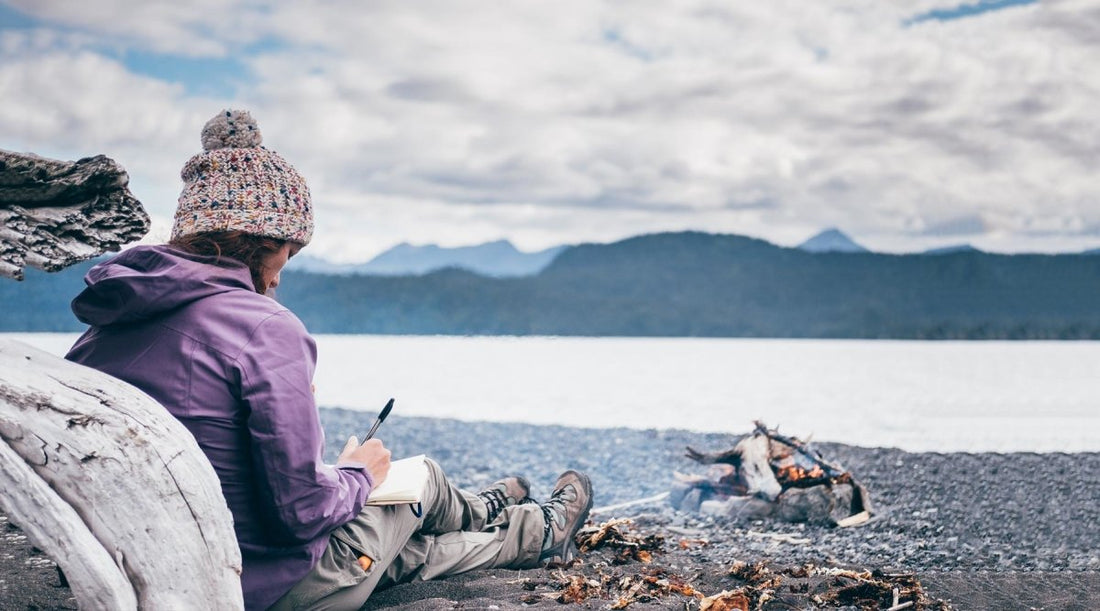
Want to Get More Out of Your Hikes? Try Trail Journaling
Everyone hikes for a different reason — maybe to spend time with friends, get some exercise, or experience nature. And it’s probably safe to say that no matter what other reasons you have, you probably hike because you enjoy it, too.
There’s a lot to love about hiking, from the gorgeous views and wildlife encounters to the meditative practice of putting one foot in front of the other. If you’re interested in squeezing even more enjoyment out of your hikes, we recommend you give trail journaling a shot.
Maybe you’re a regular journaler already, or maybe not. Regardless, we encourage you to try it on your next hike. It’s a highly individual and creative activity, and you can journal in a way that feels fun to you.
However you approach it, spending a little time reflecting on your hikes can deepen your outdoor experiences. At the very least, journaling your hikes can help you keep a good record of your adventures — and it may even become your new favorite part of hiking.
Wondering how to get started? We’ve got you covered with plenty of tips below.
Benefits of Trail Journaling

If you’re not a particularly contemplative, creative, or artistic person, you may be wondering, “Why should I journal my hikes?”
And we get it — if you like the social or physical aspects of hiking, journaling might not initially appeal to you. But before you write it off, check out these great benefits of journaling in nature:
- It gives you something else to enjoy on the trail — besides the physical challenge. For instance, if you’re not able to tackle the most challenging hikes, you can incorporate trail journaling to get more enjoyment out of shorter, flatter hikes.
- It can foster more appreciation for the natural world. When you stop and slow down to either check in with your thoughts or take a closer look at a wildflower, you have time to appreciate the little things: Raindrops on flower petals, the sun dappling through the leaves, or your own state of contentment on the trail.
- You’re always learning. Whether you’re learning about yourself or your surroundings, learning something new is always a good thing. Trail journaling is a fun way to develop a deeper understanding and awareness of the natural world. You may even enjoy using a field guide to aid your identification of various species on the trail.
- It allows you to be creative. You may or may not realize how much time you spend consuming information, news, opinions, and ads. Without a conscious effort, you probably don’t stretch your creative muscle as often as your should. Trail journaling is a great way to incorporate more creativity into your life.
- It enriches solo hikes. If you’re someone who likes to hit the trail alone, you may enjoy adding this quiet, contemplative activity to your hikes. Without a hiking partner for company, you can stop as frequently as you want to open up your journal.
What You’ll Need

If you’re hesitant to add anything else to your day pack, hang with us: You don’t need much to journal your hikes. Again, it’s a highly personal activity, so you get to call the shots. There are only two basic supplies you’ll need. However, if you’re willing to carry a little more, the sky’s the limit when it comes to ways you can illustrate your journal.
The essentials
- A journal or notebook: A sturdy, hardcover journal works best, but choose a lightweight journal if you’re trying to pack light. If you think you’ll write more than illustrate, you can choose a lined journal — otherwise, blank pages work great.
- Pen or pencil: Bring whatever you prefer. Just keep in mind, ink may not be the best option on a rainy hike.
The extras
- Colored pencils
- Watercolor paints and brushes
- Polaroid camera and tape or glue (for pasting photos into your journal)
- Waterproof bag to keep everything dry
You may decide to switch up your supplies based on the hike you choose. For instance, if you’re planning a quick, light, and long hike, you may only bring the essentials. But on a short hike where you can linger and take your time, you may decide to pack some additional supplies.
How to Journal Your Hikes

First things first: There’s no one right way to journal your hikes. The only goal is to enjoy doing it, so let your creativity drive the process. However, if you’re feeling stuck — or just want to get the ideas flowing — below are some ways you can start to journal your hikes.
Before your hike
Take some time before your hike to set the stage. For example, write about or sketch the following:
- The date and time
- Your planned route
- The name of the trail
- The weather
If the purpose of your trail journal is to nurture more self-reflection, you may start with a short entry about your intention for the hike. For example:
- Are you excited to see a new trail?
- Are you here to get in a good workout?
- Are you stressed with everyday life and hiking to give your mind a break?
Remember, there’s no right or wrong answer, and — if you’re new to it — journaling may feel a little awkward at first. But you might find that jotting down a few thoughts and observations before you start hiking helps you be more present and appreciative of getting outside.
On the trail
When you’re on the trail, you may want to stop often to journal, or you may only want to stop once. Again, it’s up to you, and your approach will probably depend on the weather, your pace, and the difficulty of the hike. Here are a few suggestions for how and what to journal while on the trail:
- Refer back to your intention for the hike and add your current thoughts about how it’s going.
- Draw, paint, or describe the scenery, weather, plants, and animals.
- Journal about how you’re feeling — physically, emotionally, or mentally.
- Note down any thoughts that have been coming up repeatedly on the trail.
- Draw or write about what’s been catching your attention — wildlife, sounds, views, other hikers, water, etc.
If you’re interested in phenology (the study of seasonal changes in nature), you may decide to use your trail journal primarily to track, describe, and illustrate the changes in the seasons. As you continue to journal your hikes — and return to the same trails over the years — these observations can help you notice and appreciate these natural cycles.
After your hike — and beyond

You may be tempted to pack up your journal after your last stop on the trail and store it in your daypack until your next hike. That’s fine if you’re in a hurry, but it can be fun to add your final thoughts about your hike once you’re off the trail. Again, here are some suggestions to wrap up your hike:
- Reread your entries and fill out any details you want to elaborate on.
- Look up any landmarks, tracks, birds, or plants you noticed but couldn’t ID.
- Reflect on the hike as a whole (especially if you set an intention beforehand).
After giving trail journaling a try on a few different hikes, you may start to get hooked. If that’s the case, lean in! We’re all about having more ways to enjoy the great outdoors — whether you’re summiting a peak or sketching in a journal.
We’d love to see your trail journal in action. Tag us on Instagram with #cloudlinesocks with photos from the trail!
